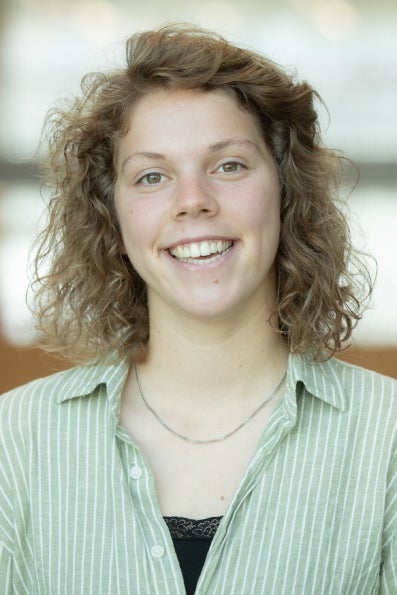So, how do you effectively engage students? How do you motivate them to provide input on the entire curriculum when they aren't even filling out course evaluations? To address these questions, it can be helpful to reflect on the levels of competence, relatedness, and autonomy within the project (Deci & Ryan, 1985; 2000). Healey's (2019) model, a cornerstone of the Students as Partners approach, offers valuable guidance.
Levels of engagement: changing needs
Students can be engaged at different levels: informing, consulting, involving, partnership, and shared leadership. Informing is the level where students have the least impact, while shared leadership allows for an equal say in every part of the process. The other forms of collaboration fall in between these extremes. It's important to realize that one level is not inherently better than another, and collaboration doesn't need to stick to a single level.
In a curriculum renewal project, you might start by gathering input from students, then collaboratively brainstorm possible innovations, and finally work out these ideas independently. To boost student motivation, it is useful to compare the three basic needs with the five levels of collaboration in your project. How much autonomy do the students have in the collaboration? How connected do they feel to the project? What are their competencies, and how can you utilize them? Evaluate the five levels of collaboration to determine which level would boost student motivation. Is there a fixed form of collaboration, or does the project allow for flexibility?
Communicate clearly with students
For students, entering the 'teacher’s world' can be complex. How do they position themselves? What are their tasks? What can they contribute? By considering the division of roles within the collaboration and discussing this with students, you will increase their motivation. This approach gives them more autonomy, a sense of competence, and stronger connectedness. It’s not just about giving them ‘a student task,’ but about forming a partnership where their experiences and insights are valued. Students appreciate this recognition. Increasing the impact students can make and viewing each other as partners will improve both connectedness and the quality of education.
